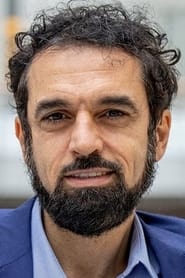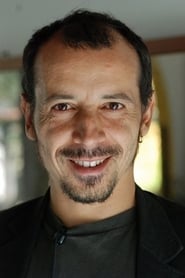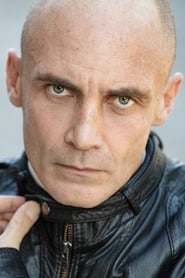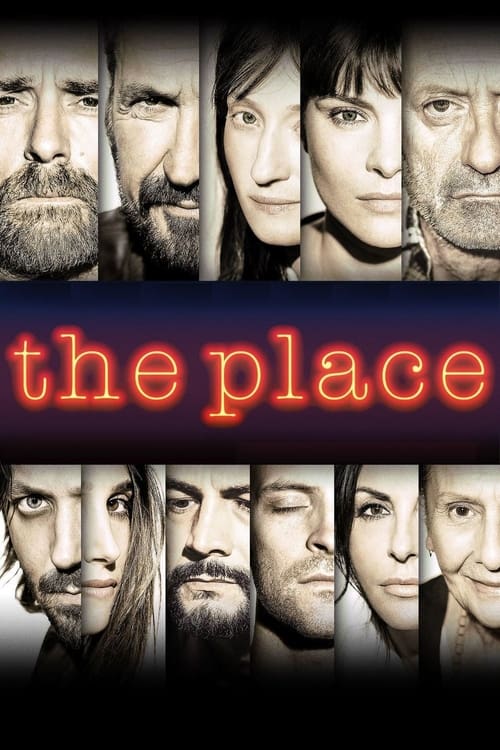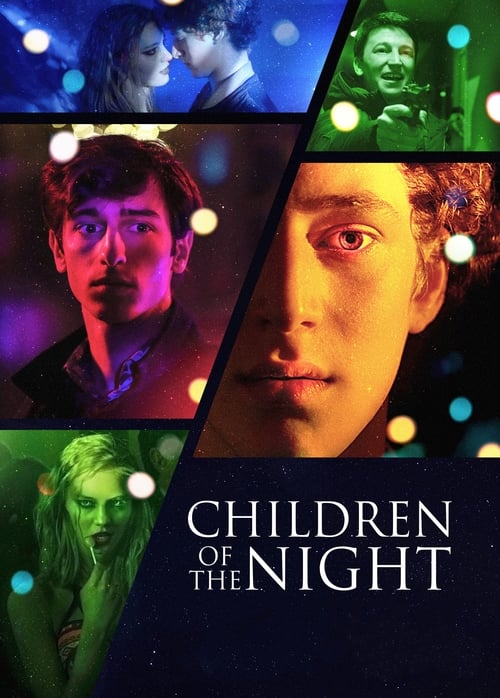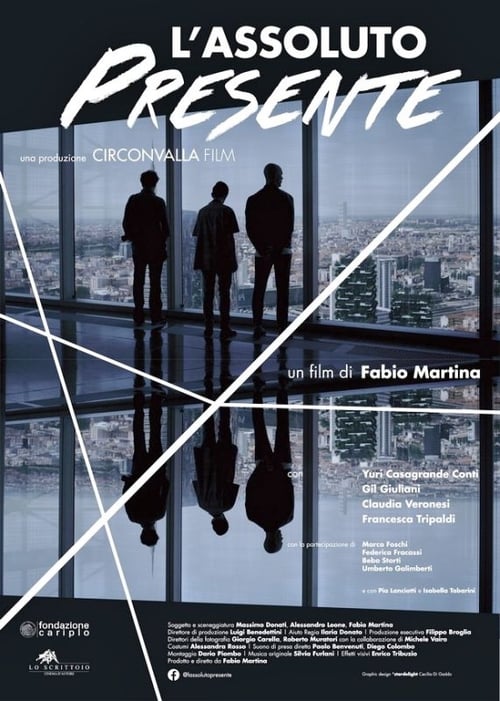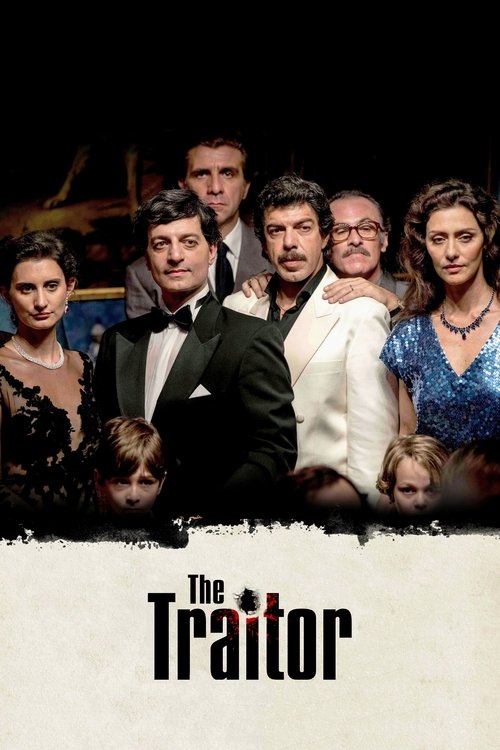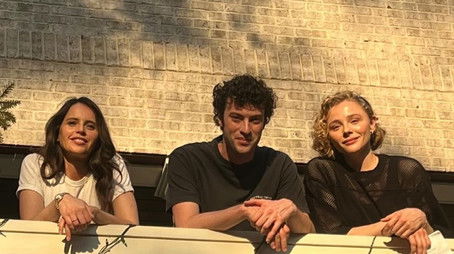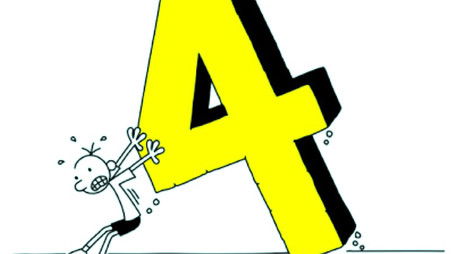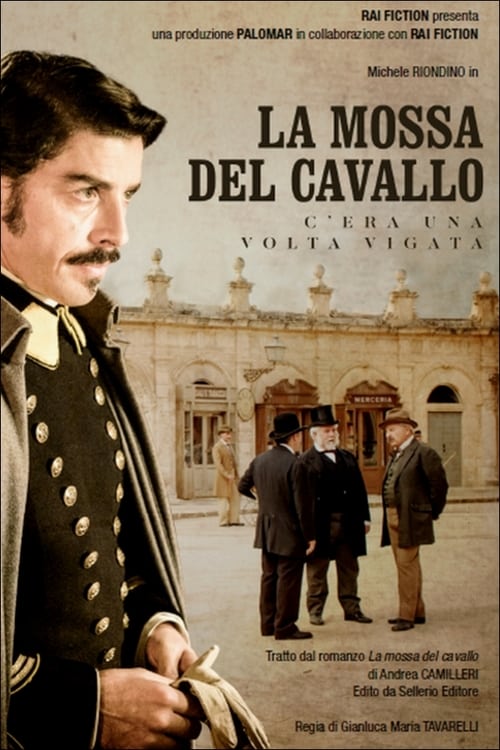
Ask Your Own Question
What is the plot?
The story of Hope Lost opens in a bleak, small Romanian town, where 17-year-old Sofia (Francesca Agostini) drifts through her monotonous life, haunted by dreams of glamour and escape. The dust-laden streets and cramped interiors of her home reflect the stifling atmosphere that fuels her yearning. One evening, Sofia sits alone watching Italian soap operas on a flickering television, whispering to herself with desperate hope, "I want to be someone. I want to be seen." This line encapsulates her restless spirit and sets the tone for the tragic journey ahead.
Later that night, Sofia ventures to a local club, a dimly lit, noisy place filled with smoke and shadows--a place where dreams and dangers mingle. Here, she meets Gabriel (Andrey Chernyshov), a man who presents himself as a charismatic Italian TV producer. His smooth voice promises her a ticket out of obscurity: "You have the look, the talent. Come with me tonight, and your life will change." Sofia, captivated by the prospect of fame and a better life, hesitates only briefly before agreeing. Her friend Alina (Mischa Barton), watching from a distance, warns her with a tremor of fear, "Be careful. Not everyone is who they say they are." But Sofia's hope blinds her to the caution.
Gabriel drives Sofia away from her small town under the cover of night, the car's interior a cocoon of false promises. The dawn light filters weakly through the windows as they cross borders, but the dream quickly unravels. Instead of arriving at a glamorous film set in Rome, Sofia wakes up in a cold, dank farmhouse on the outskirts of the city. The farmhouse, isolated and grim, is a brothel run by Manol (Michael Madsen), a grizzled, ruthless pimp who oversees a network of trafficked girls from Eastern Europe. The air is thick with despair and filth, a far cry from the glittering world Sofia imagined.
Manol's presence is commanding and cruel. His eyes cold, he enforces his rule with brutal violence. Sofia's passport is confiscated, symbolizing her loss of freedom and identity. When Sofia refuses to submit fully--she even resists branding herself with Manol's initial as a mark of ownership--she suffers a horrific punishment: she is violently raped in front of other men, an act meant to break her spirit. This scene is raw and unflinching, exposing the depths of her degradation. Despite this, Sofia clings to a fragile thread of hope, shared in whispered conversations with Alina and another young captive, Eva. Their friendship is a rare flicker of light in the darkness.
Sofia's ordeal on the streets begins, forced to prostitute herself in squalid cars and grimy alleys. The film's camera lingers on these moments, emphasizing the steamy, oppressive atmosphere that strips Sofia of dignity. The coldness of her clients and the indifference of the pimps deepen the sense of entrapment. Manol's enforcer, Marius Manol (Danny Trejo), watches over the operation with a menacing silence, a shadowy figure whose presence adds to the tension.
The nightmare escalates with the arrival of Ettore (Daniel Baldwin), a sadistic figure who deals in a darker form of exploitation. Ettore makes a deal with Manol and his associates to sell the girls to the highest bidder--not just for prostitution but to star in snuff films. These films, made in a hidden studio equipped with cameras and harsh lighting, are designed to capture real, brutal violence for wealthy clients. The revelation of this sinister trade shatters whatever hope Sofia had left.
Sofia's confrontation with Ettore is chilling. His cold, remorseless demeanor contrasts sharply with Sofia's desperate pleas. "Please, I'm not here to hurt anyone," she begs, but Ettore's response is a cruel smile, "You're just a commodity now. Your pain is entertainment." The film does not shy away from the horror of this moment, showing the grim reality of human trafficking and the commodification of suffering.
Gabriel's betrayal is another devastating blow. When Sofia confronts him, hoping for mercy or rescue, he is indifferent and cold. "I did what I had to do," he says dismissively, revealing his true identity as a trafficker rather than a producer. The man who promised her a dream was the architect of her nightmare.
Sofia's final moments are captured in the snuff film studio. Bound and terrified, she faces a brutal death at the hands of Ettore, the camera mercilessly recording every agonizing second. The film's climax is a harrowing depiction of loss and despair, a stark condemnation of the dark underworld of trafficking. Sofia's death is not just physical but symbolic--the ultimate loss of hope.
The film closes on a haunting image: the camera lens, cold and unblinking, capturing the commodification of human suffering. The other girls remain trapped, their fates unresolved, underscoring the bleak reality that for many, there is no escape.
Hope Lost ends without redemption or relief, a brutal narrative that exposes the horrors of human trafficking through Sofia's tragic story. Every confrontation--from Sofia's initial meeting with Gabriel, through her violent subjugation by Manol, to her final, fatal encounter with Ettore--builds a relentless momentum toward this devastating conclusion. The film's unflinching portrayal of exploitation and despair leaves a lasting impact, a grim reminder of lives shattered by cruelty and false promises.
What is the ending?
In the ending of "Hope Lost," the protagonist, Sofia, finds herself in a desperate situation as she confronts the harsh realities of her life. After a series of harrowing events, she ultimately makes a choice that leads to a tragic conclusion. The film closes with a sense of despair and the weight of lost hope.
As the climax unfolds, Sofia is trapped in a grim world of human trafficking, having been lured into a life of exploitation. The tension escalates as she attempts to escape her captors, who are ruthless and determined to maintain control over her. In a pivotal moment, she is faced with a choice that tests her will to survive and her desire for freedom.
In the final scenes, Sofia's struggle culminates in a confrontation with her captors. The emotional weight of her journey is palpable as she fights not only for her life but also for her dignity. However, the outcome is bleak, and the film leaves viewers with a haunting sense of the realities faced by those caught in such dire circumstances.
As the credits roll, the fate of the main characters is revealed: Sofia's journey ends in tragedy, highlighting the brutal consequences of her situation. The film closes on a somber note, emphasizing the themes of despair and the loss of hope in the face of overwhelming adversity.
In the final act of "Hope Lost," the atmosphere is thick with tension as Sofia, portrayed with a raw vulnerability, finds herself cornered in a dimly lit room, the walls closing in on her both physically and emotionally. The camera captures her wide eyes, reflecting a mix of fear and determination. She has been through a harrowing journey, having been deceived and trapped in a world of human trafficking, and now she stands at a crossroads.
Scene by scene, the narrative unfolds with Sofia's captors, a group of men who embody the darkness of her situation, looming over her. They are menacing figures, their intentions clear as they discuss her fate in a language that feels foreign yet chillingly familiar. Sofia's heart races as she listens, her mind racing with thoughts of escape. The audience can feel her desperation; she is not just fighting for her life but also for her identity, her hope.
In a moment of clarity, Sofia seizes an opportunity. She manages to slip away from her captors, her heart pounding as she navigates through the labyrinthine corridors of the building. The camera follows her closely, capturing the sweat on her brow and the determination etched on her face. Each step is a battle against the fear that threatens to consume her. The sound of her footsteps echoes in the silence, a stark reminder of her isolation.
As she reaches a door that leads to the outside world, the tension peaks. Sofia hesitates, torn between the safety of the known and the uncertainty of freedom. The audience can sense her internal struggle; she longs for escape but fears the consequences of failure. In a moment of resolve, she pushes the door open, stepping into the light, a symbol of hope and possibility.
However, the outside world is not as welcoming as she had hoped. Her captors, having realized her absence, are hot on her trail. The chase that ensues is frantic and chaotic, with Sofia sprinting through the streets, her breath coming in ragged gasps. The cinematography captures the urgency of her flight, the city around her blurring into a backdrop of desperation.
In a heart-stopping moment, Sofia is confronted by her captors. The confrontation is brutal, and the emotional stakes are at their highest. She fights back with every ounce of strength she has left, but the odds are stacked against her. The struggle is visceral, and the audience can feel the weight of her despair as she realizes the futility of her fight.
As the dust settles, the fate of the main characters becomes painfully clear. Sofia, despite her bravery, is ultimately overpowered. The film does not shy away from the harsh realities of her situation; it presents a stark and unflinching portrayal of the consequences of human trafficking. The final moments are haunting, with Sofia's spirit seemingly crushed under the weight of her circumstances.
The film closes with a lingering shot of Sofia, her face a mixture of resignation and sorrow. The screen fades to black, leaving viewers with a profound sense of loss. The fate of her captors is left ambiguous, but the focus remains on Sofia's tragic journey, underscoring the film's exploration of hope lost in the face of overwhelming darkness. The final scene serves as a poignant reminder of the struggles faced by those trapped in similar situations, leaving a lasting impact on the audience.
Is there a post-credit scene?
The movie "Hope Lost," produced in 2015, does not feature a post-credit scene. The film concludes its narrative without any additional scenes or content after the credits roll. The story wraps up with a focus on the intense and emotional journey of the main character, Sofia, and her struggles, leaving the audience with a sense of closure regarding her fate and the events that transpired throughout the film.
What motivates the main character, Sofia, to trust the people she meets in the human trafficking ring?
Sofia, portrayed as a vulnerable and desperate woman, is initially motivated by her hope for a better life and her desire to escape her difficult circumstances. Her trust in the people she meets stems from her naivety and the emotional manipulation she experiences, as they present themselves as saviors while hiding their true intentions.
How does Sofia's relationship with the character of Marco evolve throughout the film?
Sofia's relationship with Marco begins with a sense of camaraderie and shared suffering, as they both navigate the horrors of their situation. As the story progresses, Marco's protective instincts towards Sofia grow, leading to a complex bond filled with both hope and despair, ultimately culminating in a deep emotional connection that highlights their shared trauma.
What role does the character of the trafficker play in Sofia's journey?
The trafficker, a menacing figure, embodies the exploitation and brutality of the human trafficking world. His character serves as a constant source of fear and manipulation for Sofia, representing the oppressive forces she must confront. His actions drive the narrative tension, as he uses psychological tactics to control and break down Sofia's spirit.
How does the setting of the film contribute to the overall atmosphere of despair?
The film's setting, primarily in dark, claustrophobic environments, enhances the sense of entrapment and hopelessness that Sofia experiences. The stark contrast between the vibrant life she yearns for and the grim reality of her surroundings amplifies her emotional turmoil, creating a palpable atmosphere of despair that permeates the narrative.
What pivotal moments lead to Sofia's realization of the true nature of her situation?
Sofia's realization unfolds through a series of harrowing experiences, including witnessing the brutal treatment of other victims and the betrayal by those she initially trusted. Key moments, such as overhearing conversations that reveal the traffickers' intentions and experiencing violence firsthand, serve as catalysts for her awakening to the grim reality of her situation.
Is this family friendly?
"Hope Lost," produced in 2015, is not considered family-friendly due to its mature themes and graphic content. The film contains several potentially objectionable or upsetting scenes, including:
-
Sexual Exploitation: The narrative revolves around human trafficking, which is depicted in a disturbing manner, showcasing the exploitation of women.
-
Violence: There are scenes of physical violence, including beatings and threats, which may be distressing for viewers.
-
Emotional Trauma: Characters experience significant emotional suffering, including despair and hopelessness, which could be upsetting for sensitive viewers.
-
Drug Use: The film includes references to drug use and addiction, contributing to the dark atmosphere.
-
Dark Themes: The overall tone of the film is bleak, dealing with issues of survival and the loss of hope, which may be heavy for younger audiences.
These elements make "Hope Lost" more suitable for mature audiences rather than children or those who are sensitive to such content.












